

There's a growing phenomenon in gaming, one that you may not have noticed yet: A new genre is exploding onto the scene, taking over the lives of PC gamers while their console-owning peers sit in blissful ignorance - for the most part, anyway. But MOBAs (Multiplayer Online Battle Arenas) are becoming increasingly popular, and publishers are already starting to look at ways to bring them to consoles.
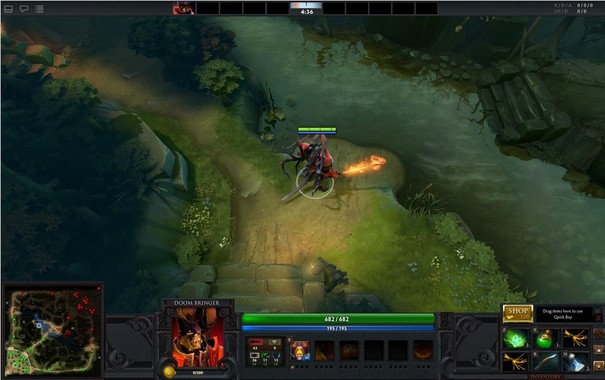
You've probably heard of DOTA 2, the upcoming MOBA from Valve, currently enjoying a very popular closed beta period. Valve had an inkling that the original Defense Of The Ancients - which was actually a 2004 mod for Warcraft III - was a pretty big deal, so in late 2009 they poached the lead designer, Icefrog, to work on a full game version for them. Both DOTA and DOTA 2 take place in a fantasy world, with a hugely diverse range of characters ranging from agile Elven archers to mighty demons. It's not often that a single mod can spawn an entire genre of games, but you have to assume that when it happens, it's something a little special.
At roughly the same time that Valve were wooing Icefrog, another key MOBA emerged: League of Legends, created in part by another ex-DOTA developer, Steve Feak. Three months after that, Heroes of Newerth arrived - though both games had been in beta since April the same year.
So, Icefrog now leads development on DOTA 2 at Valve, and as the game nears launch we're seeing a huge surge in popularity for the genre. Riot Games, creators of League of Legends, announced in November 2011 that their player base had doubled in four months, reaching 32.5 million registered players, with over 4 million people playing daily.
To put that into perspective, World of Warcraft - the biggest MMORPG on the planet - had 10.2 million registered users as of December 2011. Part of League of Legend's success may be down to the fact that it's free-to-play, with optional microtransactions - a model which Heroes of Newerth emulated and which DOTA 2 will also be using, though the latter will adopt a system much more similar to Team Fortress 2.
Blizzard is also working on their own MOBA, and had intended to call it 'Blizzard DOTA'; seeing as the genre originated as a mod for a Blizzard game, the publisher argued that it had the rights to the name. Valve begged to differ, but the two companies eventually came to an agreement: Valve has the commercial rights to the DOTA trademark, and Blizzard DOTA was renamed to Blizzard All-Stars.
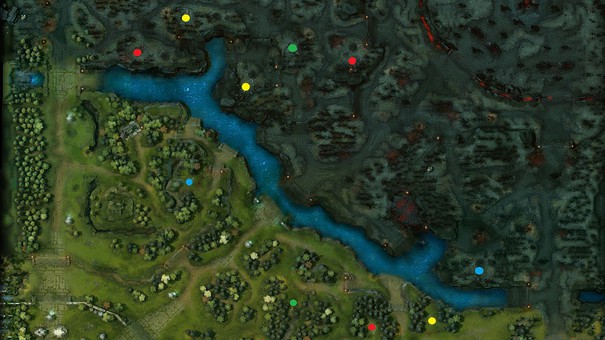
So, great, MOBAs are a big deal, but what are they? And why should you care? Because they're awesome, that's why.
As for what a MOBA is, it's actually something scarily specific. Each battle arena is laid out in a similar way: At either end is each team's base, connected by several (usually three) roads, called "lanes". The overall objective is to blow up the other team's base, but the route between the two locations is protected by a series of very powerful towers, which sit along each of the three lanes and automatically attack any enemies which come too close. Each base also constantly produces minions, AI creatures that travel down the lanes in packs, attacking towers and enemy minions on the way.
Players (usually 10) are split into two teams, with each person taking control of a single character, all of whom have special abilities and play styles - League of Legends has almost 100 fairly unique characters, for instance. Heroes start at level 1 at the beginning of every match and as they kill other heroes, minions and towers, eventually get more powerful. They also gain currency with which to purchase items and equipment. Learning what equipment to purchase, which skills to upgrade, and the order in which to do this is all part of what makes MOBAs so compelling. This harks back to the genre's RTS roots, where learning a specific building order is key.
Keeping a balance of defence and offence is critical, as any deaths you or your teammates incur will benefit the opposition by making their members richer and more powerful. For this reason it's a relatively newbie-unfriendly genre, with players berating those new to the game for what's called "feeding" - repeatedly dying and inflating the opponents' level, causing massive unbalancing. It's a case where a single player really can ruin the fun for the entire rest of the team. Don't worry, though; any MOBA worth its salt will have a single-player mode in which you can play against bots to learn the ropes.
Between the lanes is an area called the jungle, which is where you'll find neutral creeps - monsters that belong to neither team. "Jungling" is a common strategy that involves hiding in the jungle, killing creeps and levelling up/gaining gold without actually taking part in the lanes. Good junglers will be able to speedily develop their hero and gain an early experience advantage. Certain creeps might also bestow buffs onto any heroes who defeat them, and being hidden away in the jungle also allows players to jump out and ambush other players on the lanes. This is true generally across the board, and is an example of the aforementioned scarily specific feature set common to the majority of MOBA games.
Laning - that is, focusing on moving down a lane to attack your opponent's base head on - is a little more straightforward. Towers will focus on your minions before they attack you, so following a pack of minions and destroying a tower while it is distracted is the bread-and-butter strategy of most MOBAs. Of course, this is made a lot more difficult with enemy heroes blocking your path or attacking your own towers in any undefended lanes. Hiding behind your tower to defend it is a classic defensive move, especially when low on health, though be careful of kamikaze players performing what are called "tower dives" - risking the massive damage from the tower to attempt a kill on the hero hiding behind. It's moments like these that make the genre so thrilling, escalating proceedings beyond mere strategy and into the realm of skilful, fast-paced action.
As a result of this depth and pace, MOBAs are becoming increasingly popular in the eSports world. Matches are actually incredibly compelling to watch. It's scarily easy to get into this, especially as a player - watching a match can give you genuine insight into how to play the game.
It can be a profitable affair, too: Valve hosted a DOTA 2 tournament at Gamescom in 2011, with a grand prize of $1 million, and will be holding $1m invitational in the autumn. This is peanuts in comparison to League of Legends' $5 million prize pool for its Season 2 World Championship, which is currently running. Riot Games boasts that this is the "largest prize pool in eSports".
If you fancy checking out some DOTA 2 matches from 2011's The International Tournament, hosted on the Gamescom show floor in Cologne, you can find replays on the official website. Make sure you turn commentary on for some insight into what exactly is going on and how well people are playing.
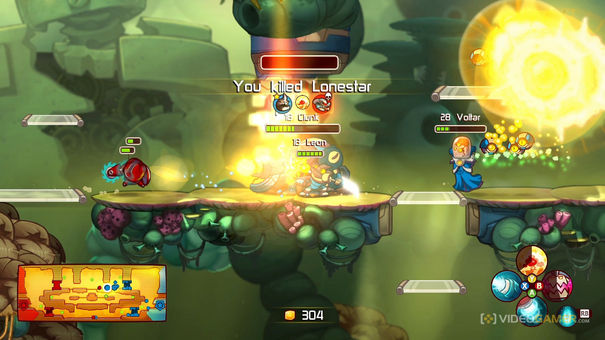
If you're primarily a console gamer, don't worry: Publishers are starting to ask themselves how they can deliver a similar experience to you guys. You may have played Awesomenauts which, despite being a side-scrolling platformer instead of using a top-down RTS style perspective, is still very much a MOBA at heart.
Warner Bros is also working on Guardians of Middle-Earth, a full console MOBA based in the world of Lord of the Rings. Sure, having characters such as Gollum, Sauron and Galadriel all fighting together is a little bit hokey and ridiculous, but it's an honest-to-goodness MOBA that is coming to consoles. And from what we've seen so far, it actually looks pretty decent.
So where should you start if you're interested in getting into the genre? Console owners should definitely try Awesomenauts; it's colourful and fun, plus there are demos available on both Xbox LIVE and PSN. PC gamers should probably check out League of Legends, unless of course you have a DOTA 2 beta key. It would be remiss not to also mention Super Monday Night Combat, which has taken the MOBA formula and turned it into a third-person shooter. It's also free-to-play and is available on Steam right now.
If you don't have a DOTA 2 key, you can buy one from the online store for £25, or you can visit the upcoming Rezzed convention in Brighton, as everyone who does so will receive one for free.
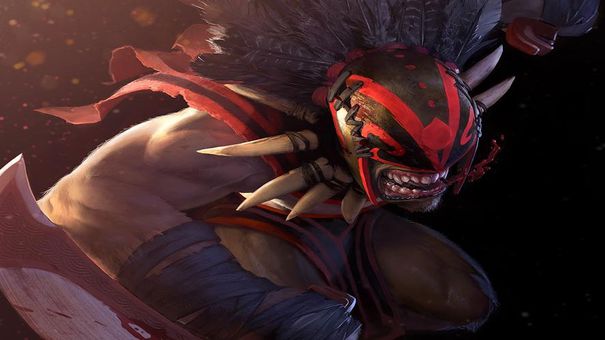
You need only take a look at Team Fortress 2 to see how clearly Valve understands this sort of stuff - even if Valve's approach almost always boils down to hats. DOTA 2 will probably have hats. Right now Valve has an online store from which you can purchase cosmetic upgrades for your heroes, as well as announcer voices (such as Dr Kleiner from Half-life 2), tickets to tournaments and more.
As with Team Fortress 2, boxes containing pieces of cosmetic equipment will drop at random during the game. These can be unlocked using keys bought from the game's store. So far equipment is pretty po-faced, but with the game also supporting player-made content via the Steam Workshop, we're sure to get some silliness before long. We're curious to see whether Valve will eventually introduce equipment which affects character stats, like in Team Fortress 2. With so much emphasis being put on eSports, any potential imbalance in this area could have a significant effect on tournament play. Hopefully there's a compromise there somewhere, because as fun as cosmetic items are, people are more likely to spend money on keys if they suspect they might acquire something gameplay-changing.
There's so much more to explore down the MOBA rabbit hole, but hopefully this gives you a compelling taste of what to expect. If so, pick a game and give it a try. No doubt we'll see plenty more pop up in the future as the genre becomes even bigger and more publishers take an interest. In the meantime, even discounting DOTA 2's launch later this year, we've more than enough to be getting on with.
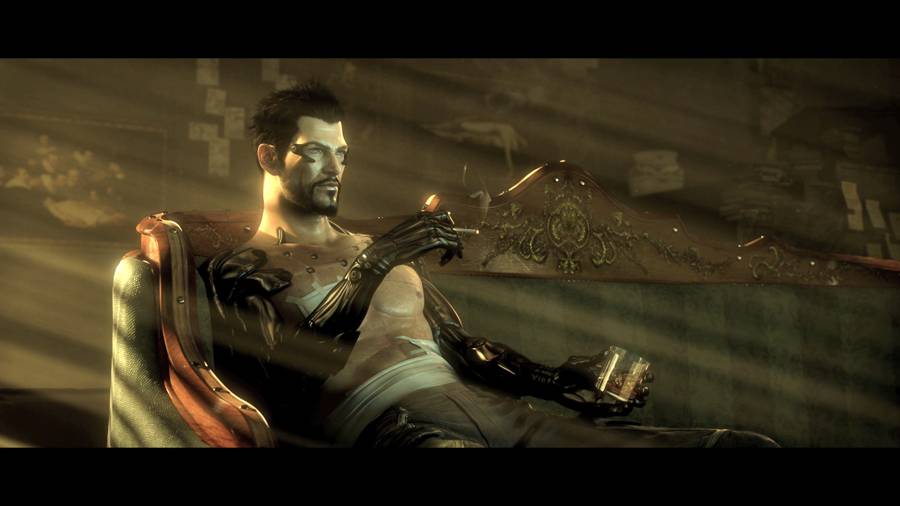
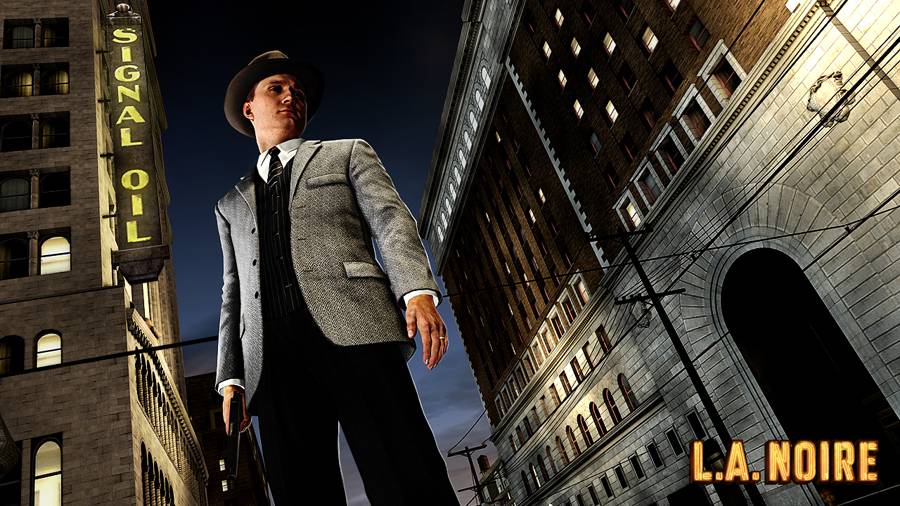
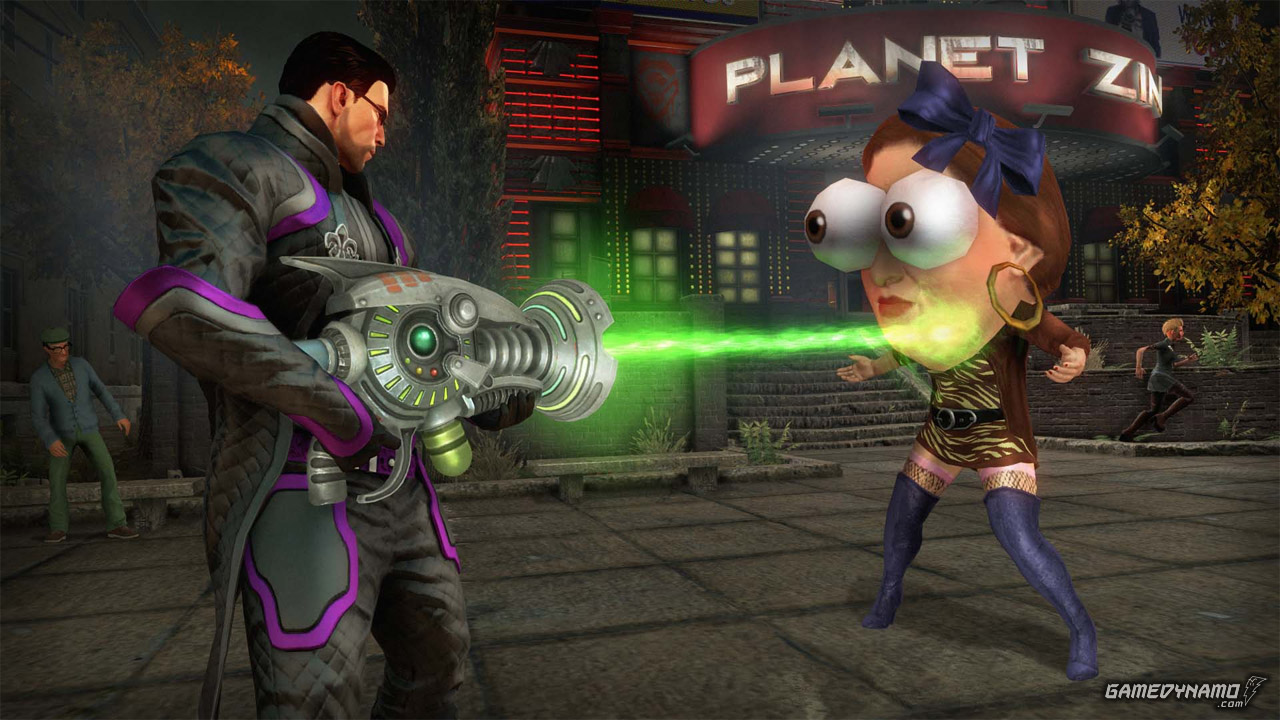
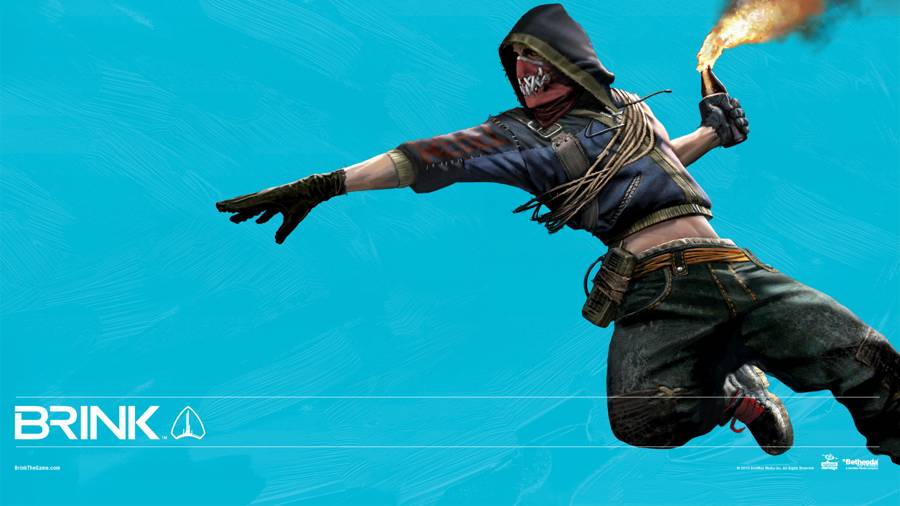
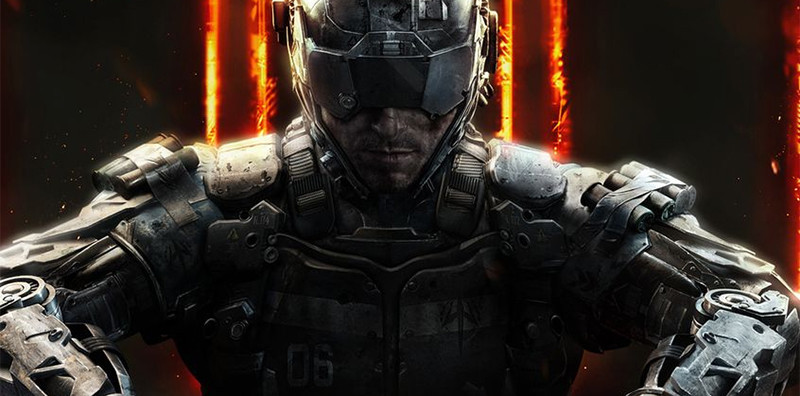 Does Black Ops 3 really look that bad on Xbox 360 & PS3?
Does Black Ops 3 really look that bad on Xbox 360 & PS3?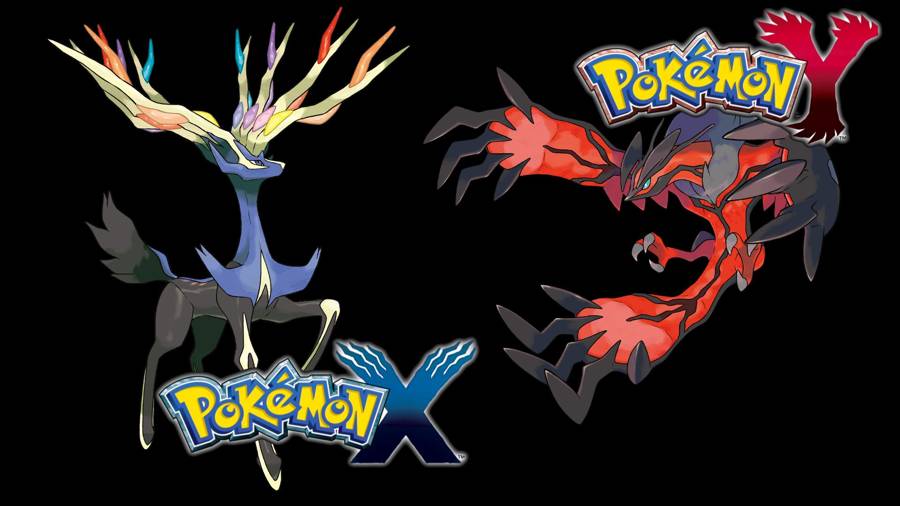 Pokemon X & Y Guide: Master Ball Or Big Nugget?
Pokemon X & Y Guide: Master Ball Or Big Nugget?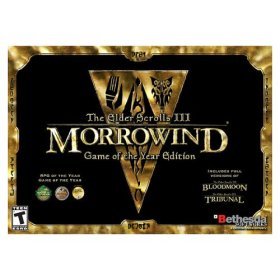 The Elder Scrolls III: Morrowind is Ten Years Old and Still Going Strong
The Elder Scrolls III: Morrowind is Ten Years Old and Still Going Strong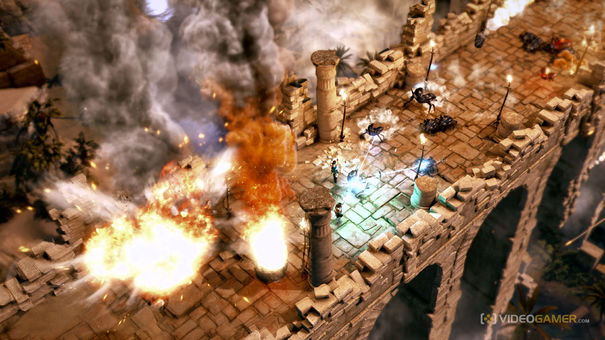 . Plays June 20, 2014
. Plays June 20, 2014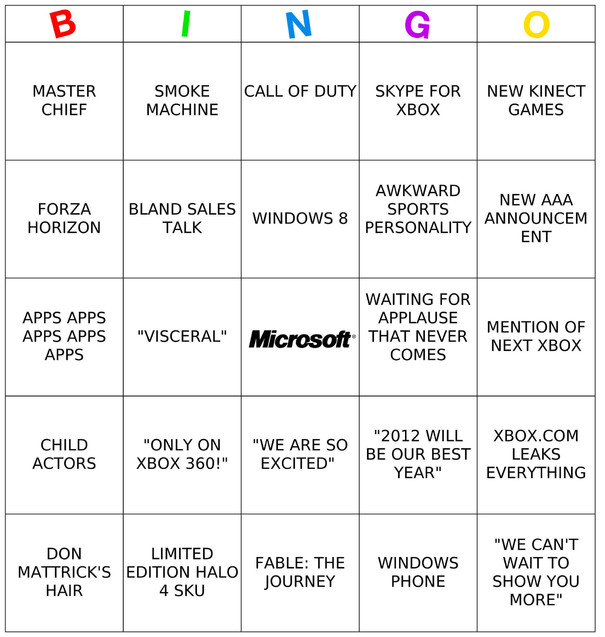 . presents E3 2012 bingo cards
. presents E3 2012 bingo cards